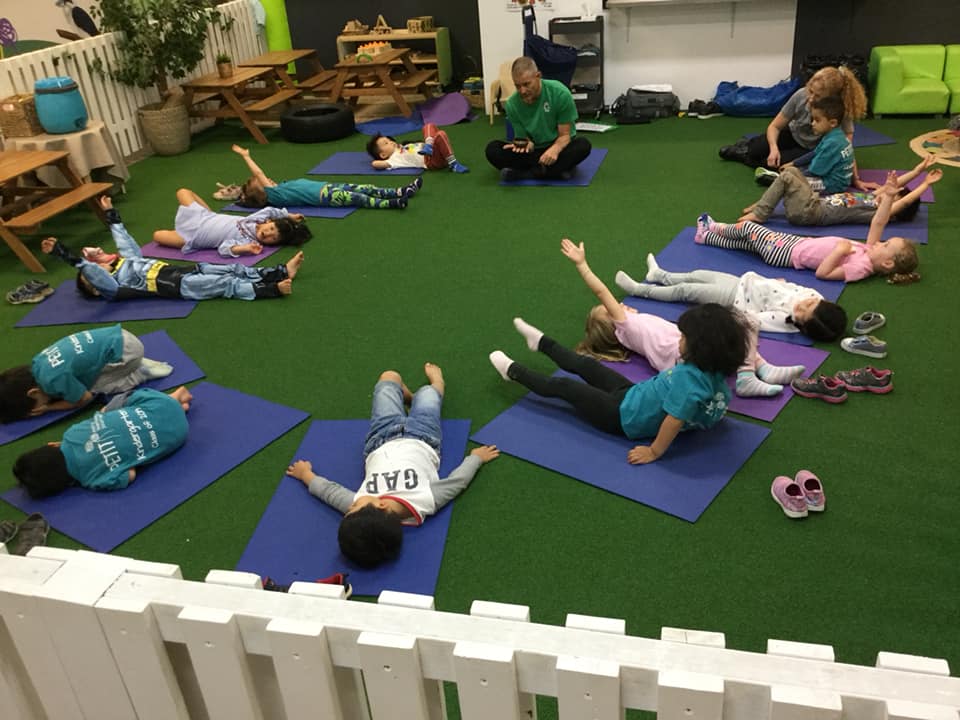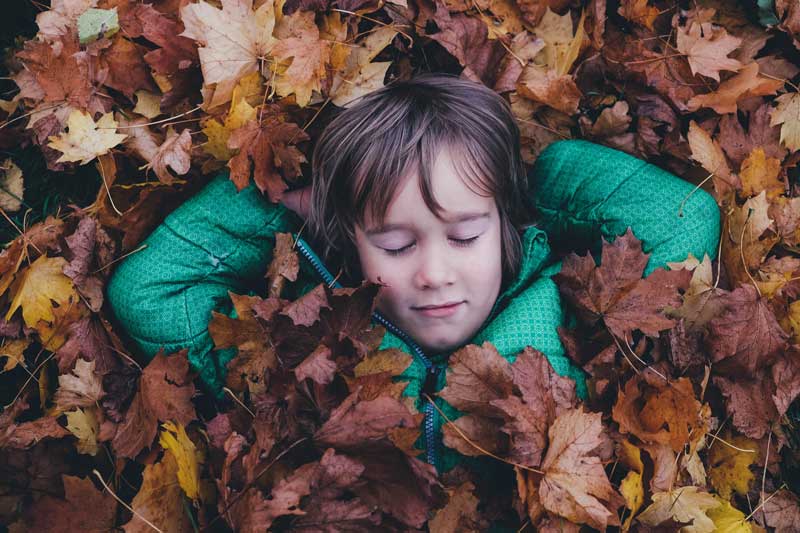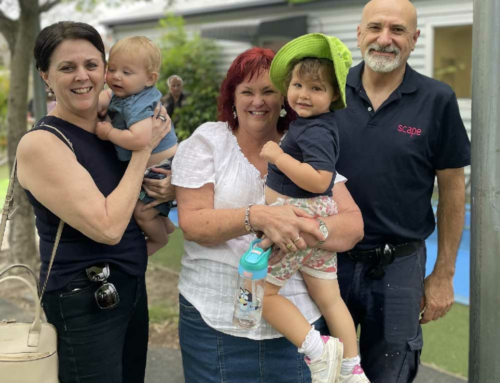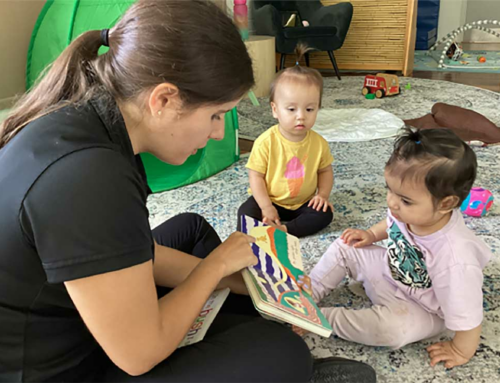Mindful meditations for children focus a child’s thoughts on a single idea or experience. They’re useful relaxation tools for families to practice at home. They encourage deep concentration, promote sensory experiences and help children to find meaning in everyday activities.
There are many different ways to practise mindful meditations to help relax kids. The traditional yoga lotus pose is a familiar method. Yoga International encourages the merging of both mindfulness and meditation practices, as they enhance the effectiveness of each other.
Mindfulness is about being aware of your thoughts and actions in the present moment such as the feel of mud in a sensory activity. While meditating is the practice of observing and decreasing mental chatter while focusing on an object, thought or activity.
Easy meditations for children are beneficial for preschoolers, but toddlers may also enjoy them. When children see parents engaging in meditation, they may want to join in too. Read on to discover several fun and easy mindful meditations for children including:
- Guided meditations
- Meditation stories
- Meditation music
- Sleep meditations
Guided meditations for children
With everything that’s going on in our world, it’s important for children to learn how to relax. One way to help ease physical and mental tension is to encourage them to participate in a guided meditation.
For guided meditations for children, you can download apps and listen to guided meditations or make up your own meditation script. If you decide to guide your child through meditation, always focus on the positives and never the negatives.
Below, we’ve outlined an easy meditation idea for children that encourages young minds to focus on their breathing and feel relaxed.
Easy children’s breathing and relaxation meditation
For this guided meditation, children can lie down or sit in a chair where they feel comfortable. Speak with calm considered words and lots of long pauses to allow your child to focus on their breathing.
“Close your eyes and feel your body relax, grow heavy and sink into the floor.
As you breathe in, feel your chest and abdomen rise and as you breath out, feel it fall.”
Encourage your child to use gentle measured breaths. Placing a hand on their abdomen can help them feel and focus on their breathing.
“Inhale gently through your nose and slowly let the breath go by exhaling through your mouth.
When you breath in, imagine you’re smelling a fresh rose. When you breathe out gently blow on the petals.”
Where does their mind wander to as their abdomen draws the breath into their body?
“Let your mind wander to your feet and toes. Can you wriggle and stretch them? What do they want to do, I wonder? Perhaps your feet are eager to leap up and run around but now, they’re growing tired. They don’t want to run anymore. They’re slowing down, growing heavy and tired as they relax releasing all that tension.
Let your thoughts wonder back to your breathing and the gentle rise and fall of chest and tummy.”
As you continue with the guided meditation for children, you can choose other body parts to wriggle too like their legs, hips, hands and fingers, arms and shoulders, faces and their entire body too.
Between each wriggle and stretch, remind your child to release the tension and relax, bringing their attention back to their breathing releasing any tension.
Keep them focused on their breathing, not too fast, not too slow. You want them to achieve a steady inhalation and exhalation without any holding of their breath or gasping. If they want to yawn, that’s okay.
By the end of this guided meditation, every body part should feel so relaxed, that it feels like it’s sinking deeper into the floor. A proactive way to end a guided meditation is to say:
“When you’re ready, open your eyes, sit up slowly and you can go about your play.”
You can find helpful tips on creating your own guided meditation for children online or pre-written meditation scripts you can record with your own voice for personal use.
Children’s meditation stories
Guided meditations can empower children to feel resilient and strong. At Petit Early Learning Journey, our children choose to participate in mindful, meditation activities and yoga as they find it fun, calming and they love learning new things too.
Children’s meditation stories take the minds and imaginations of children on a relaxing, thoughtful journey with positive affirmations. By focusing on the story, the soothing narrative helps to calm and focus their busy thoughts.
Mindful meditations help children to stay anchored, it encourages them to learn how to self regulate their behaviour and broadens their sensory experiences.
Themes for popular children’s meditation stories include:
- Blowing out birthday candles while focusing on breathing.
- Imagining a butterfly flitting through a field of flowers.
- Visiting the beach to lie on the sand in the sand to make sand angels.
- Following the journey of a leaf as it travels along a river.
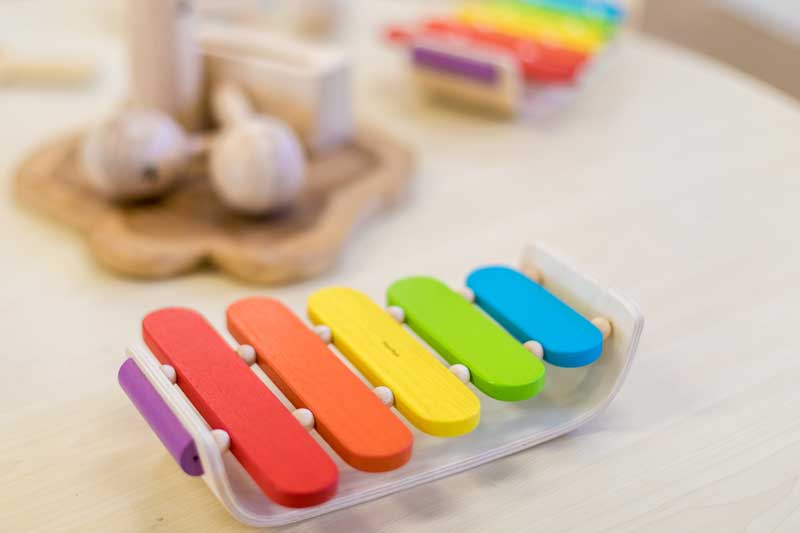
Meditation music for children
When it comes to using children’s meditation music there’s a range of different sounds and compositions that you can use. You could download specialised meditation music for children from your favourite music source, like iTunes, YouTube or Spotify.
For ad free music, you could make your own accompaniments. You could play a single note on your child’s favourite musical instrument, like a xylophone. When the sound tapers off, play the same note again.
You could also use sounds from nature to help your child relax. Popular recorded nature meditation sounds include:
- Falling rain that begins with the soft pita pat of rain that crescendos into the sound of heavy rain and then fades back to the soft pita pat at the beginning.
- Rainforest sounds like the songs of birds that follow a similar pattern to falling rain.
- Waves rolling gently onto the shore with each wave representing an intake and exhale of breath.
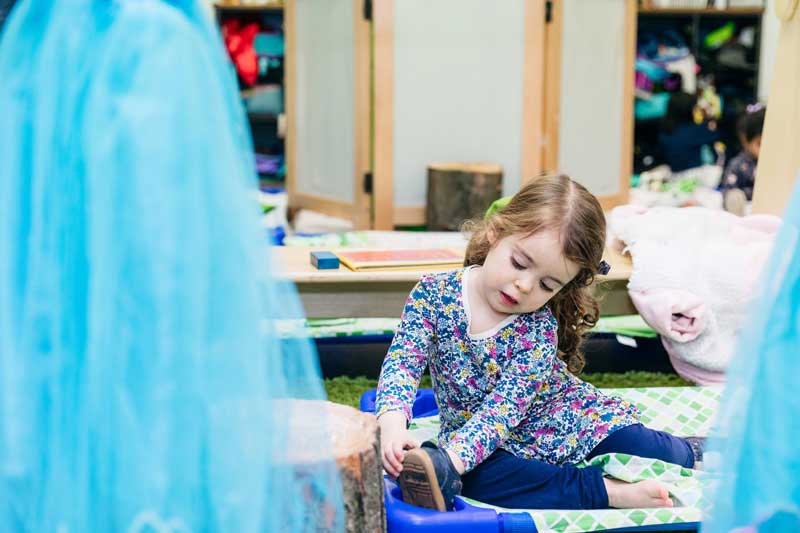
Children’s sleep meditations
Guided meditations for children can assist them with sleep. They help children relax, direct their focus and release energy. Even if the meditation is not aimed at helping a child to sleep, they may still find themselves drifting off. If that happens let them rest and rise when they’re ready.
Rather than counting sheep for endless hours, sleep meditations encourage children and adults to unwind. Short meditations, guided or story-based can help induce sleeping patterns. Have your child relax on their bed so there’s no need to disturb them when the meditation ends.
There are many scientific studies on mindful meditations and their ability to reduce anxiety, assist with sleep disorders and improve mental behaviours in children.
If you’re creating a sleep meditation with your child, incorporating what they like to dream about in the guided meditation or story can help soothe and calm your child and improve their confidence.
It’s important to recognise that with any activity every child develops differently. Child-led activities including mindful meditations can boost a child’s self-esteem, assist with self-regulation and encourage a calm and relaxed state of mind.
Support your child’s development with Petit Early Learning Journey
At Petit ELJ, we recognise the right and need of every child have a quality education.
We embrace a holistic approach to learning that connects the mind, body and spirit. Our dedicated Educators develop your child’s emotional, social and cognitive intelligence to give them the best start in life.
Our centres emphasise role modelling to guide the behaviour of children. When Educators display positive behaviours, they set an example for children who learn what is expected, including gratitude, kindness and empathy.
We’d love to share you with our holistic approach to learning.
